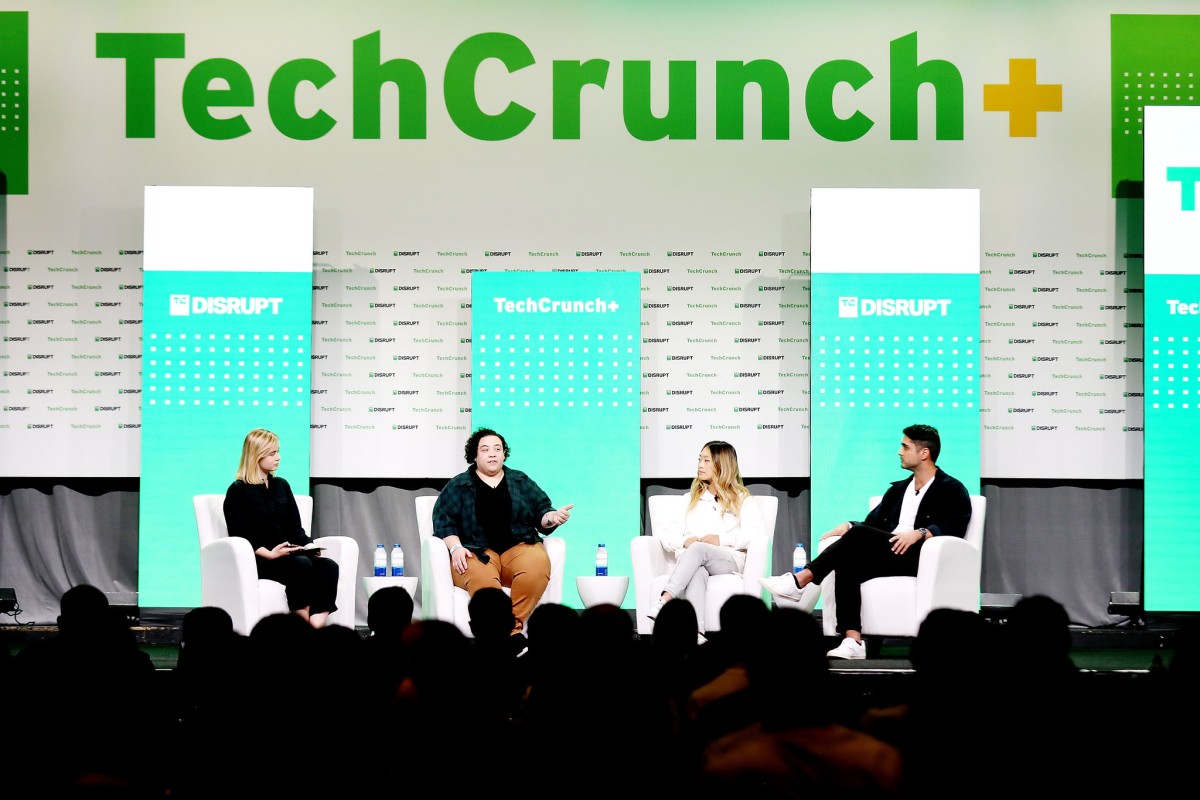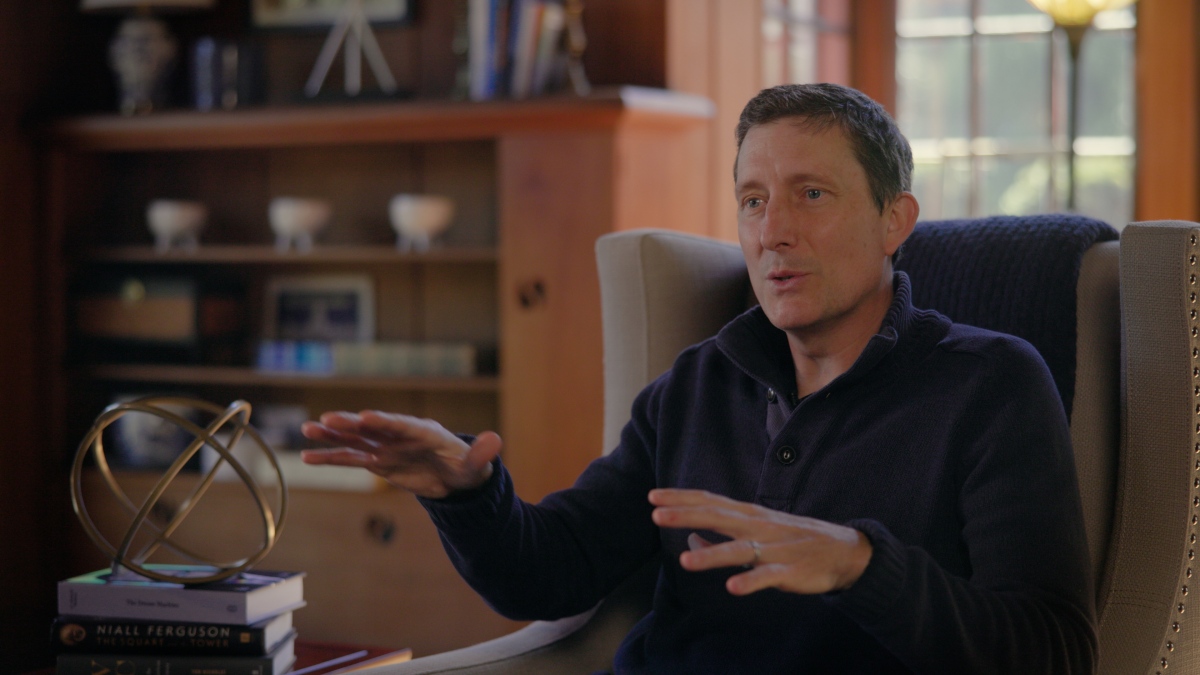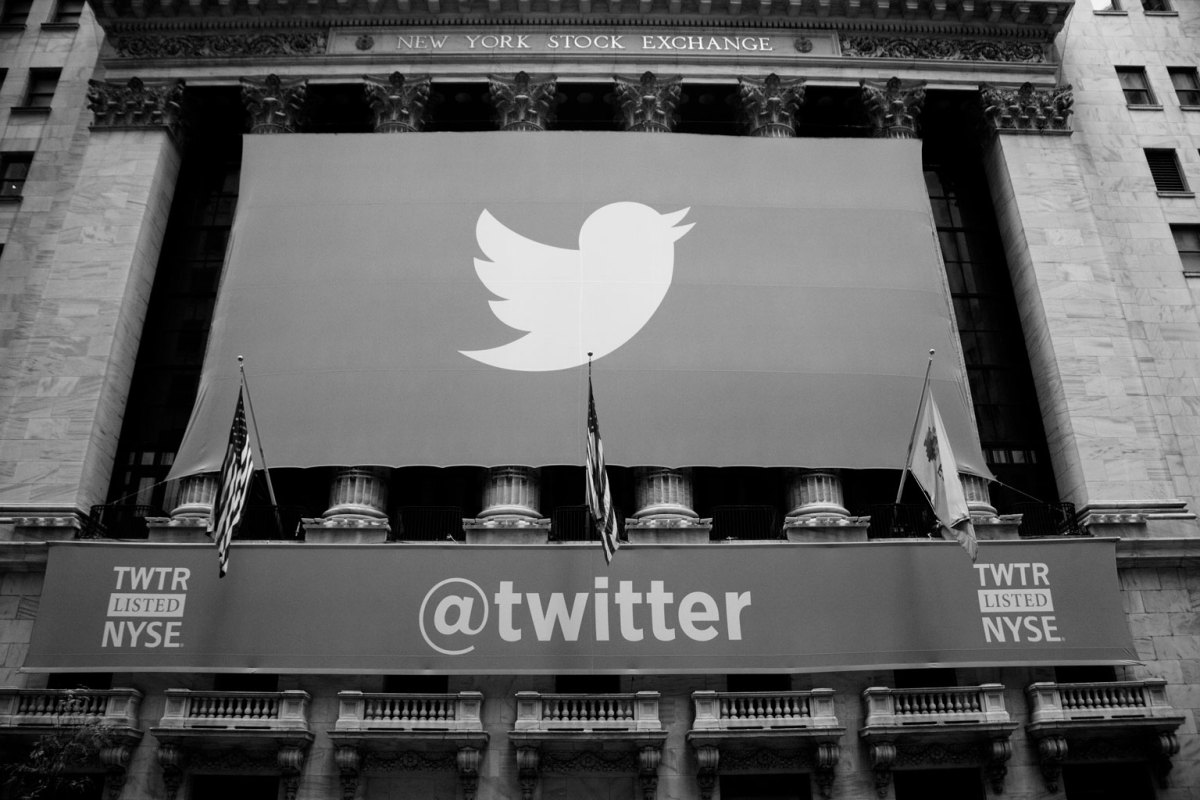If you’ve been closely following the progress of Open AI, the company run by Sam Altman whose neural nets can now write original text and create original pictures with astonishing ease and speed, you might just skip this piece. If, on the other hand, you’ve only been vaguely paying attention to the company’s progress and the increasing traction that other so-called “generative” AI companies are suddenly gaining and want to better understand why, you might benefit from this interview with James Currier, a five-time founder and now venture investor who cofounded the firm NFX five years ago with several of his serial founder friends. Currier falls into the camp of people following the progress closely — so closely that NFX has made numerous related investments in “generative tech” as he describes it, and it’s garnering more of the team’s attention every month. In fact, Currier doesn’t think the buzz about this new wrinkle on AI isn’t hype so much as a realization that the broader startup world is suddenly facing a very big opportunity for the first time in a long time. “Every 14 years,” says Currier, “we get one of these Cambrian explosions. We had one around the internet and ’94. We had one around mobile phones in 2008. Now we’re having another one in 2022.” In retrospect, this editor wishes she’d asked better questions, but I’m learning here, too. Excerpts from our chat follow, edited for length. You can listen to our longer conversation here. TC: There’s a lot of confusion about generative AI, including how new exactly it is, or whether it’s just become the latest buzzword. JC: I think what happened to the AI world in general is that we had a sense that we could have deterministic AI, which would help us identify the truth of something. For example, is that a broken piece on the manufacturing line? Is that an appropriate meeting to have? It’s where you’re determining something using AI in the same way that a human determines something. That’s largely what AI has been for the last 10 to 15 years. The other sets of algorithms in AI were more these diffusion algorithms, which were intended to look at huge corpuses of content and then generate something new from them, saying, ‘Here are 10,000 examples. Can we create the 10,001st example that is similar?’ Those were pretty fragile, pretty brittle, up until about a year and a half ago. [Now] the algorithms have gotten better. But more importantly, the corpuses of content we’ve been looking at have gotten bigger because we just have more processing power. So what’s happened is, these algorithms are riding Moore’s law — [with vastly improved] storage, bandwidth, speed of computation — and have suddenly become able to produce something that looks very much like what a human would produce. That means the face value of the text that it will write, and the face value of the drawing it will draw, looks very similar to what a human will do. And that’s all taken place in the last two years. So it’s not a new idea, but it’s newly at that threshold. That’s why everyone looks at this and says, ‘Wow, that’s magic.’ So it was compute power that suddenly changed the game, not some previously missing piece of tech infrastructure? It didn’t change suddenly, it just changed gradually until the point where our, the quality of its generation got to a point where it was meaningful for us. So the answer is generally no, the algorithms have been very similar. In these diffusion algorithms, they have gotten somewhat better. But really, it’s about the processing power. Then, about two years ago, the [powerful language model] GPT came out, which was an on-premise type of calculation, then GPT3 came out where [the AI company Open AI] would do [the calculation] for you in the cloud; because the data models were so much bigger, they needed to do it on their own servers. You just can’t afford to do it [on your own]. And at that point, things really took a jump up. We know because we invested in a company doing AI-based generative games, including “AI Dungeon,” and I think the vast majority of all GPT-3’s computation was coming through “AI Dungeon” at one point. Does “AI Dungeon” then require a smaller team than another game-maker might? That’s one of the big advantages, absolutely. They don’t have to spend all that money to house all that data, and they can, with a small group of people, produce tens of gaming experiences that all take advantage of that. [In fact] the idea is that you’re going to add generative AI to old games, so your non-player characters can actually say something more interesting than they do today, though you’re going to get fundamentally different gaming experiences coming out of AI into gaming, versus adding AI into the existing games. So a big change is in the quality? Will this technology plateau at some point? No, it will always be incrementally better. It’s just that the differences of the increments will be will be smaller over time because they’re already getting pretty good, But the other big change is that Open AI wasn’t really open. They generated this amazing thing, but then it wasn’t open and was very expensive. So groups got together like Stability AI and other folks, and they said, ‘Let’s just make open source versions of this.’ And at that point, the cost dropped by 100x, just in the last two or three months. These are not offshoots of Open AI. All this generative tech is not going to be built just on the Open AI GPT-3 model; that was just the first one. The open source community has now replicated a lot of their work, and they’re probably eight months behind, six months behind, in terms of quality. But it’s going to get there. And because the open source versions are a third or








